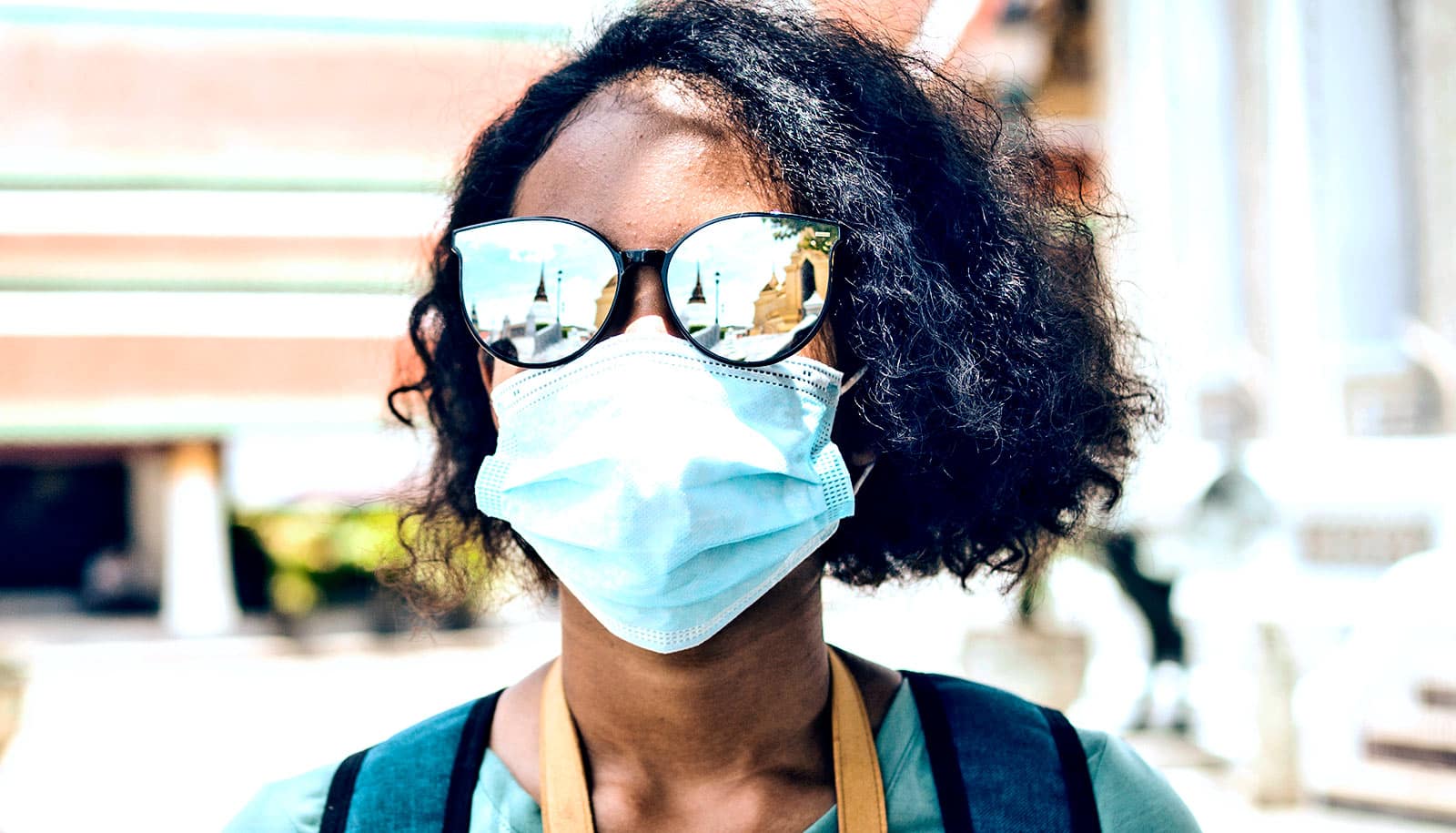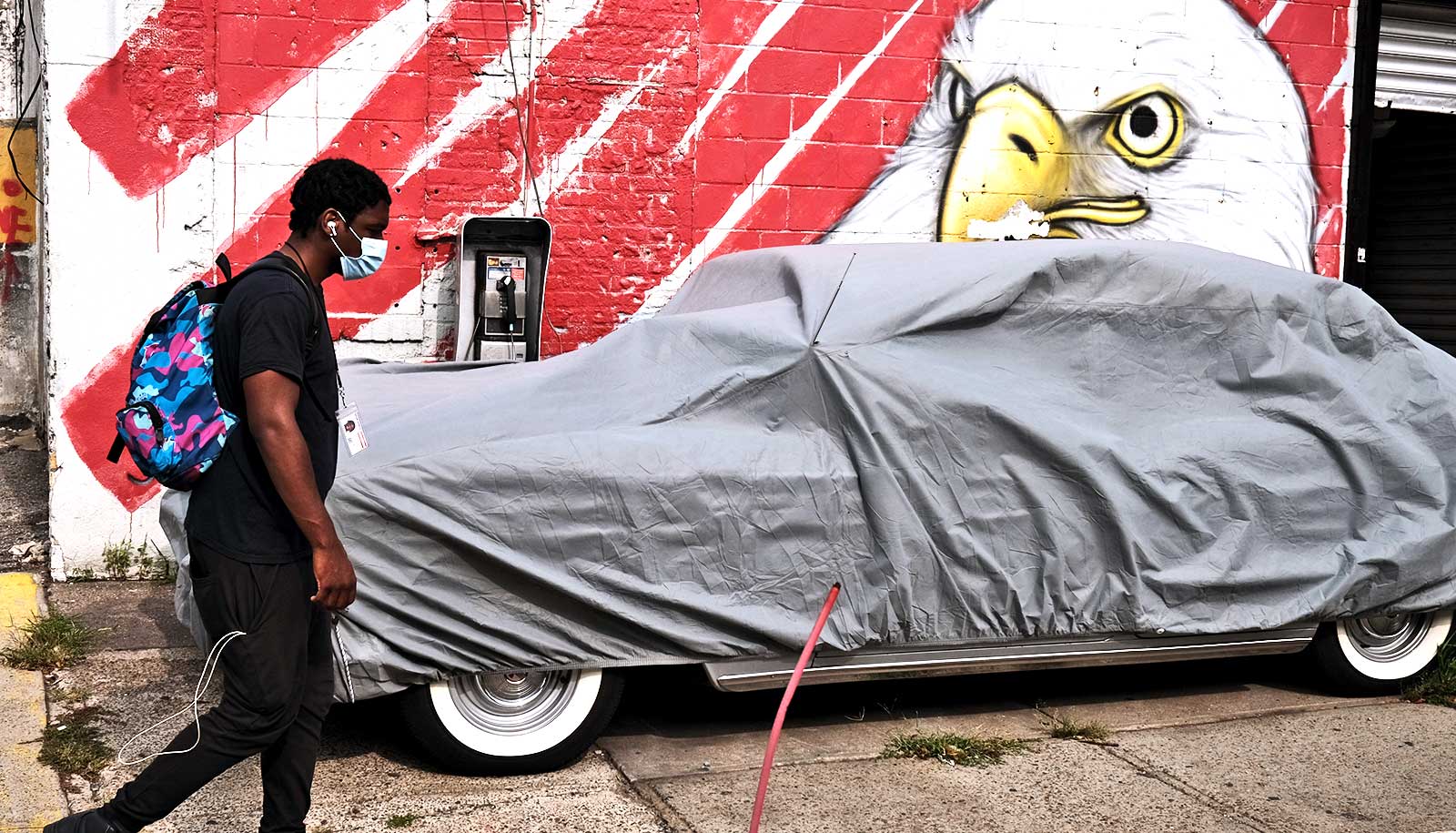The last several months of experience fighting the COVID-19 pandemic can help you to plan a safer holiday season, researchers say.
With COVID-19 case numbers climbing in the US as pandemic fatigue wears on, there’s a constant tension between staying safe and wanting to get back to normal.
During the pandemic, any in-person holiday celebration is really a four-week process—not just a single event—that may involve pre-planning and post-event quarantine.
Those feelings may hit their peak for many during upcoming winter holidays when we crave time with family and friends, as well as long-standing traditions, and face the winter season ahead.
But we aren’t coming into this time without some experience. Innovations made over the past six months can help inform how we make plans going forward. We’ve also learned from holidays that have already happened—July 4, Ramadan, and Passover, for example.
Epidemiologist Keri Althoff and mental health researcher Elizabeth Stuart of Johns Hopkins University bring back core concepts of the decision-making framework they applied to school reopenings to help you consider your options. This guidance, along with lessons already learned, can help you form plans for a safe and healthy winter holiday season.
A key point is that during this COVID-19 pandemic, any in-person holiday celebration is really a four-week process—not just a single event—that may involve pre-planning and post-event quarantine.
Here, the researchers explain what that process might involve:
Step 1: Talk about goals and ground rules—together.
Having a group discussion with all of your guests prior to the event creates shared accountability. Additionally, a group discussion allows guests to gain firsthand knowledge of other guests’ perspective on appropriate precautions. Some questions to consider:
- What are your goals? (To spend time together or virtually, to plan for a really great future family reunion, to gather in small groups with just one or two other families for a meal, to connect with specific individuals such as grandparents, etc.)
- What are the risks and benefits for you and your loved ones, taking into account both physical and mental health? Are there some individuals—such as a lonely grandparent—for whom the benefits significantly outweigh the risks?
- How can you break down the possible solutions into smaller steps?
- Are all attendees comfortable with the plan put in place?
Step 2: Make a “Plan A” for your celebration, informed by the latest data.
Write down the following measurements for your county and the counties that your guests live in:
- The number of new cases
- The number hospitalized
- The number of deaths
- The proportion who are testing positive
- Then note whether these measurements of coronavirus transmission have been increasing or decreasing.
Compare county-level data between you and your guests and then commit to measures to make Plan A as safe as possible in the current conditions for the guest that is at highest risk for severe COVID-19 illness. For example, if the guest at highest risk for severe illness lives in a county with relatively low transmission that has been decreasing or staying the same, it may be particularly risky to have attendees visit from areas with high or increasing case counts.
Measures to consider to reduce risk might include:
- A virtual gathering instead of face-to-face
- A quarantine period for all attendees before attending, and COVID tests if possible (A COVID test followed by five days of quarantine or 14 days of quarantine if testing is not available)
- Wearing masks
- Holding gatherings outdoors instead of indoors
- Ensuring enough space for physical distancing
- Limiting the number of households—keep the number small!
- Shorter celebration duration
- No eating or drinking indoors, or, if this must happen, seating households together with 6 feet or more between tables
- Good ventilation if indoors—open windows and doors and tell your guests to dress warmly!
Even small steps, such as all attendees wearing masks throughout the gathering, can do a lot to reduce the risk of COVID-19 transmission at your celebration.
Step 3: Make both a Plan B and a Plan C that include modifications to Plan A.
Plan B is for the situation in which the COVID-19 transmission measurements under which Plan A was made have evolved to suggest higher transmission, which may mean greater risk of COVID-19 transmission at your event.
Plan C includes a postponement date if any key attendee or anyone in the host’s household has a member who is unwell in the week leading up to the event. Given the challenges in knowing when individuals are infectious, and in the wide variety of COVID-19 symptoms, err on the side of caution—even if the symptoms are typical of a cold or allergies, it’s better to reschedule for a time when everyone is feeling well.
If the event is small, say with one other household, it is good to have a postponement date so that everyone has the extra confidence needed to say “a household member woke up with a sore throat this morning” the day of the celebration. If the event is outdoors, it is good to have a “rain date” in case of bad weather. These allow for easy postponement rather than a disappointing cancellation.
Step 4: Outline a plan for what happens in the two weeks after the event if someone becomes ill.
How will you all stay in touch about symptoms? If someone does become ill, who will call the other guests? What will be said? What will be expected of all guests (i.e., quarantine)?
Finally, recognize that celebrating virtually can leave room for other kinds of fun. If the risks are just too great to celebrate in person this year, consider ways to make Zoom gatherings a little more interesting. Games like Yahtzee can be played over Zoom, and there are activities that work well virtually like cooking the same recipe or doing the same artwork. Ugly sweater contests can be held virtually, as can “most beautiful pie crust” contests.
Without the usual expectations and demands, this could be the holiday season to keep things small at home and try new activities that you never seem to have the time for like decorating the house, building gingerbread houses, or learning holiday songs on an instrument. You never know what might become a new tradition!
Remember to take the time needed to rest and renew with your household members this winter holiday season by being present and enjoying one another, whether that is virtually or through safe in-person gatherings.
Keri Althoff is an associate professor of epidemiology with a joint appointment at the Johns Hopkins School of Medicine. Elizabeth Stuart is the associate dean for education at the Bloomberg School of Public Health and a professor in the departments of mental health, biostatistics, and health policy and management.
Source: Johns Hopkins University



